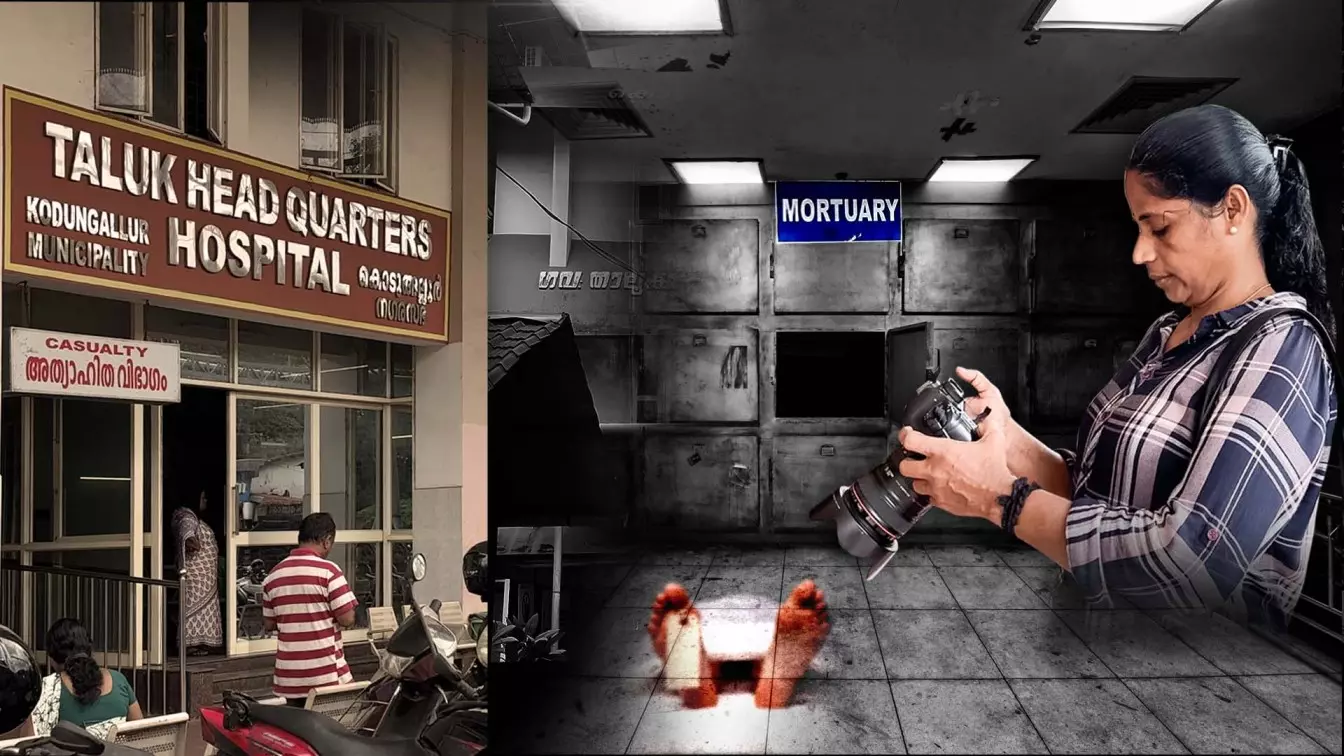
Forensic photographer Bindu captures the truth that the living miss
When tragedy strikes, Bindu steps in — documenting the silent evidence that speaks for the dead. What drives Kerala’s morgue photographer to keep showing up?

Bindu is a Kerala-based forensic (inquest) photographer whose work begins where most stories end — in the morgue and at crime scenes. Her clinical, unflinching images become the only witness left behind, preserving details that help investigations move forward. She is widely known locally as an inquest photographer from Kodungallur.
Her lens doesn’t record celebrations or milestones. Instead, it documents those who can no longer speak. Each frame is stark, precise, and purposeful — evidence rather than art.
Also read: Kerala guv moves SC over VC appointments; stage set for another confrontation
Often unnoticed, Bindu works in silence. Without her images, inquiries can stall and crucial questions may remain unanswered.
Her job is mentally and physically heavy. On average, she documents about 20 bodies a month, with every case carrying its own weight.
“Whenever I get a work call, I don’t know what drives me — even when I’m sick or it’s late, I will be there… I photograph about 19-20 bodies a month. My daughters are my motivation; I’m living for them,” says Bindu, recalling how she kept going after their father left.
Also read: Canara Bank Kochi branch staff protest beef ban by serving beef, says report
Outside the mortuary, Bindu is a mother, a friend, a quiet figure in her community. Inside, she is the calm in a room full of unspoken stories — steady hands, steady eyes, steady light.
Support and pride
“I’ve known Bindu for about 10 years — we’re neighbours too. She handles this stressful job even with tensions at home. Even when her kid falls sick, she gets the job done. She’s Kerala’s first forensic photographer; I’m very proud of her,” says Aneesh, a Taluk hospital ambulance driver.
Her colleagues see what the public rarely does: the discipline, the urgency, the willingness to step out at any hour to make sure a case has the pictures it needs.
In a line that stays with you, one colleague describes her work as the “staircase between life and heaven” — a threshold most ignore, but one she documents with care.
Why it matters
These photographs are often the only voice for the voiceless. They record wounds, positions, surfaces, and fragments that can corroborate or challenge testimonies.
When handled with rigour, morgue and crime-scene images become the backbone of a case file. That’s where Bindu’s craft — exposure, angle, distance, sequence — turns into law’s language.
For her, this is not just a job; it is a responsibility that demands both detachment and deep humanity.
(The content above has been transcribed from video using a fine-tuned AI model. To ensure accuracy, quality, and editorial integrity, we employ a Human-In-The-Loop (HITL) process. While AI assists in creating the initial draft, our experienced editorial team carefully reviews, edits, and refines the content before publication. At The Federal, we combine the efficiency of AI with the expertise of human editors to deliver reliable and insightful journalism.)

